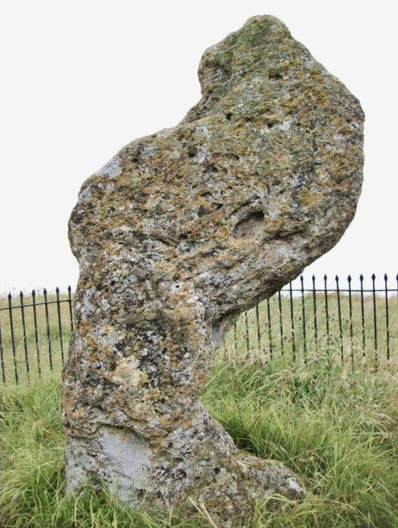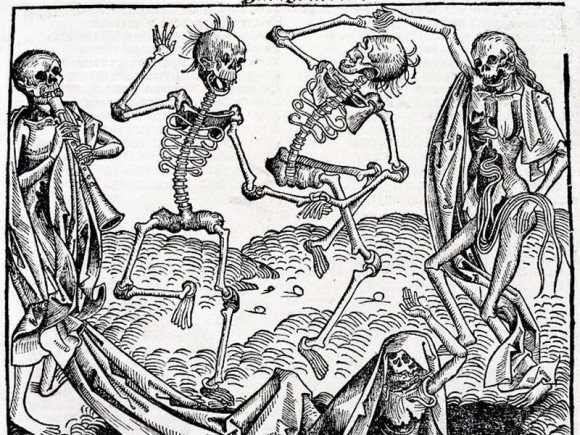The Witch and The Would-Be King
This is the stuff of legends…

The King Stone at Rollright Stones in Warwickshire, England (Poliphilo/Wikimedia Commons)
Skeleton of a High Status Spiritual Woman Unearthed Near Rollright Stones in England
(Mark Miller, Ancient Origins)
“Legend has it that centuries ago a witch turned a would-be king of England and his men and knights to stone, which still stand and are among the Rollright Stones circle at Warwickshire. Now a new legend has cropped up: A 7th century AD skeleton recently unearthed at the site is being called the witch who turned the ambitious men to stone.
The woman stood between 4 feet 11 inches and 5 feet tall (about 152 cm) and was buried with a Roman patera or bronze vessel possibly used to cook offerings to the gods, a large amber bead and an amethyst set in silver. The patera is only the fifth found in England. She also had with her a large spindle whorl, which, with the patera, ITV.com says, indicates that “Rita,” the Saxon pagan Rollright Witch, as she is being called, was a spiritual woman of high status…”

